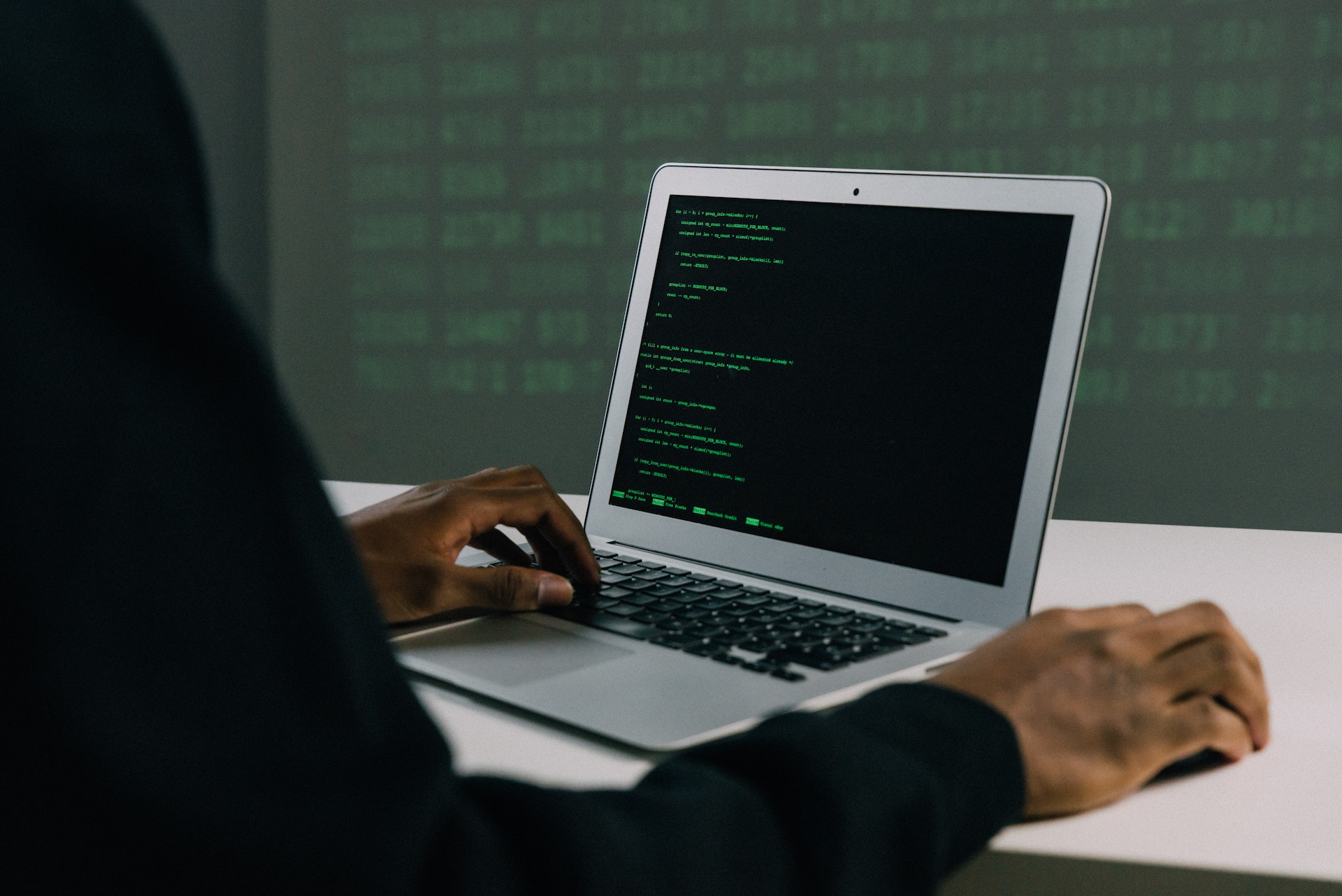In today’s digital landscape, detecting and handling suspicious activity is more critical than ever for organizations of all sizes and industries. A single data breach can have catastrophic consequences, resulting in significant financial losses and severe damage to a company’s reputation.
In fact, according to recent statistics, data breaches cost businesses an average of $4.35 million in 2022 alone. Therefore, it’s imperative for businesses to implement robust security measures to protect their sensitive data and critical systems.
In this post, we’ll explore the importance of detecting and handling suspicious activity within your organization and provide practical insights on how to strengthen your security posture.

Understanding Suspicious Activity
Suspicious activity refers to any behavior or action that deviates from the norm and raises concerns about potential security breaches or unauthorized access. Identifying and understanding the different types of suspicious activity is vital for proactive threat detection.
Common examples include unauthorized access or login attempts, unusual data transfers or downloads, abnormal network traffic or behavior, unexpected system or application behavior, and changes in user behavior or privileges.
Implementing Measures for Detecting Suspicious Activity
To effectively detect suspicious activity, organizations need to establish a robust security infrastructure. This includes implementing firewalls and network monitoring tools to monitor incoming and outgoing traffic, intrusion detection and prevention systems to identify and prevent unauthorized access attempts, and endpoint protection solutions to monitor and safeguard individual devices within the network.
In addition to these security measures, recognizing the role of anti-money laundering (AML) compliance software in detecting and handling suspicious activity is essential. AML software utilizes advanced algorithms and data analytics to identify patterns and anomalies indicative of money laundering or other illicit financial activities.
It scans vast amounts of financial data, transactions, and customer profiles, flagging any suspicious behavior that may require further investigation. Investing in AML compliance software is crucial for organizations operating in industries prone to financial crimes, as it enhances their ability to effectively detect and mitigate potential risks.
Security information and event management (SIEM) solutions also play a crucial role in detecting and handling suspicious activity. These solutions collect and analyze logs from various sources, providing real-time visibility into potential security incidents. They also offer features like correlation rules, threat intelligence integration, and incident response workflows to streamline the detection and response process.
Monitoring and Analyzing Activity Logs
Logs generated by systems, applications, and network devices hold valuable information that can help in detecting suspicious activity. Organizations should invest in centralized log management systems that collect and store logs from different sources on a unified platform. This allows for efficient log analysis and correlation, enabling security teams to identify anomalies and potential security incidents.
Analyzing activity logs involves setting up baselines and thresholds, defining normal behavior patterns, and establishing alert mechanisms for deviations from the norm. Machine learning-based anomaly detection techniques can also be employed to identify suspicious behavior that might not be apparent through traditional rule-based approaches. Furthermore, behavioral analysis and user profiling can help in detecting insider threats or compromised accounts by identifying unusual patterns in user activities.
Real-Time Alerts and Incident Response
Configuring real-time alerts is essential for timely detection and response to suspicious activity. Alerts should be prioritized based on their severity to ensure the most critical incidents receive immediate attention. Automated response actions, such as isolating affected systems or blocking suspicious IP addresses, can also be implemented to minimize the impact of security incidents.
Incident response procedures are vital for handling suspicious activity effectively. Organizations should establish clear escalation paths and assign roles and responsibilities to team members involved in incident response. Thorough documentation and evidence collection throughout the investigation process are crucial for legal and forensic purposes. Containment and remediation strategies should be well-defined to minimize the impact of security incidents and prevent further damage.
Training and Awareness for Employees
Employees play a significant role in detecting and reporting suspicious activity. Organizations should prioritize employee education and awareness programs to enhance their security. Employees should be trained to recognize the signs of suspicious activity, such as phishing emails, social engineering attempts, or unauthorized access attempts, and encouraged to report them promptly.
In addition to incident detection, promoting best practices for cybersecurity hygiene is crucial. Employees should be educated about the importance of using strong passwords and enabling two-factor authentication to protect their accounts. Phishing awareness and email security training can help employees identify and avoid falling victim to fraudulent emails. Regular software updates and patching should be emphasized to prevent the exploitation of known vulnerabilities.
Final Thoughts
To safeguard valuable assets and maintain stakeholder trust, organizations must prioritize the detection and handling of suspicious activity. By following a few crucial steps, businesses can enhance their ability to respond to potential security incidents. Continuous improvement and evaluation are essential to staying ahead of evolving threats. Stay vigilant and committed to enhancing security within your organization.












